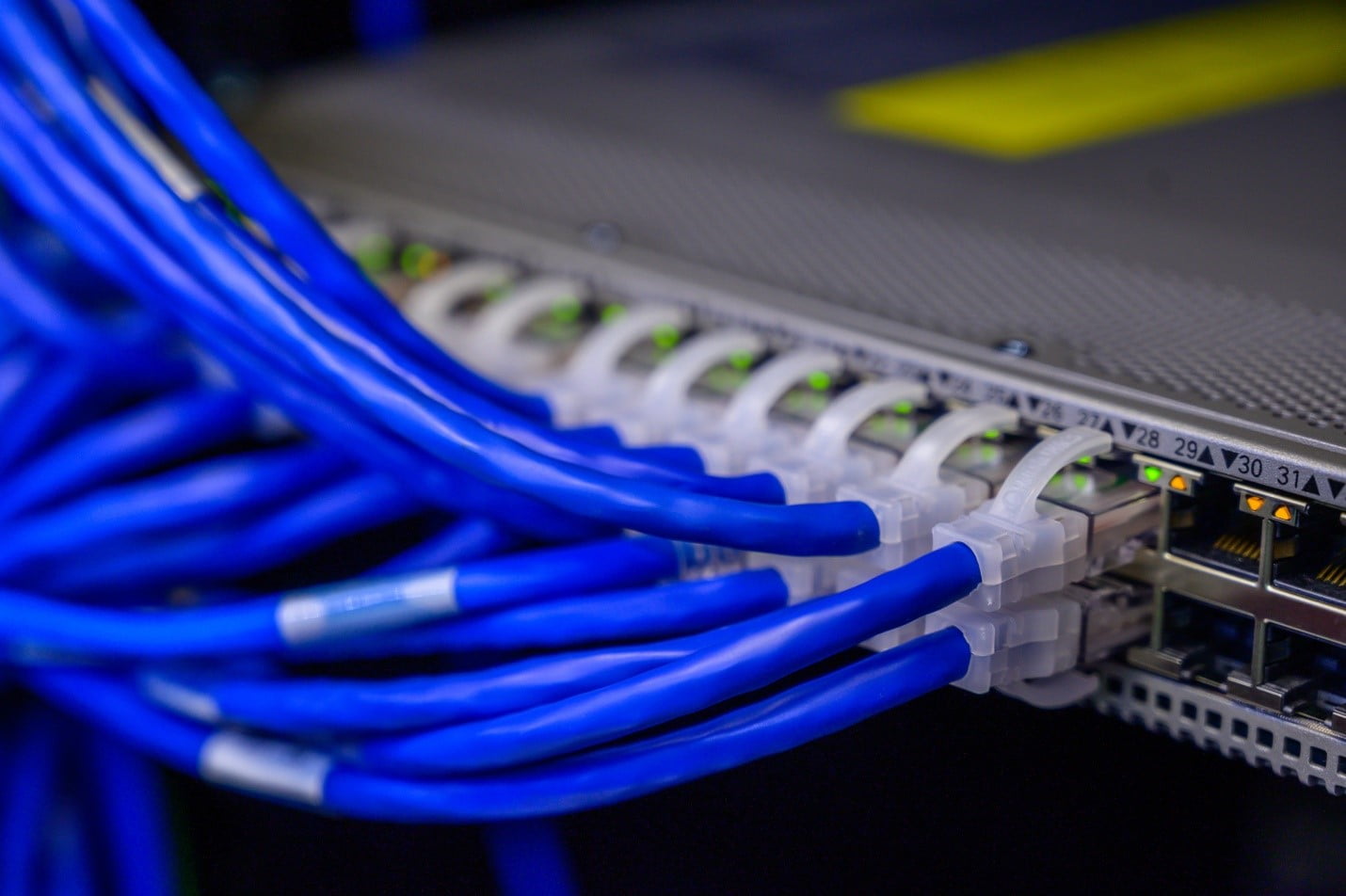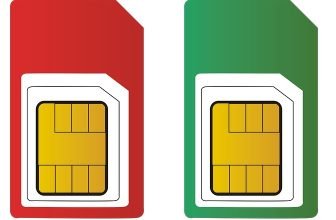What Is a Server and How Is It Priced?

A server is a computer hardware or software system that provides functionality to other programs and devices. The architecture of such systems is known as the client-server model. We’ll go over the features of each type and how they are priced.
Function
A server is a computer program that receives requests from other computers and stores and processes them, sending the information to the appropriate destination. The main functions of a machine are to store data, retrieve files, and route traffic throughout a complex network.
Internet sites, for example, use these machines to store and process user requests. They are typically installed on the top layer of the operating system. In addition, a web server is necessary for a website to function properly.
A server is a powerful machine that is used to share data and resources among multiple computers. It can also serve its own programs and be used in quid-pro-quo transactions.
The machine acts as a data processor for both personal and professional use. Having a solid understanding of how machines work will help you access data and utilize their processing abilities through local network and virtual cloud computing platforms. This article will explain the different types of machines and their functions. Click here for more information about cloud computing.
If you're unfamiliar with the terms server and client, start with a simple definition. A machine is a computer that collects and stores information for other programs and devices.
Component
The components of a machine are the CPU chip, memory, storage system, and network hardware. All of them need to function well together for maximum performance. The performance of each component is measured to ensure that it works at optimal levels.
The CPU chip, memory, and hard disk must all have sufficient storage capacity, and the energy consumption of each must be carefully evaluated.
The power consumption of the machine equipment shall be determined as well as the weights of the different components. Click the link: https://www.energy.gov/energysaver/energy-efficient-computers-home-office-equipment-and-electronics for a guide to energy-efficient hardware.
A computer is the heart of a website. It stores and transmits data, and is used by many businesses, including those that have local networks. It also plays a crucial role in website functionality, as it awaits requests from other computers and responds to them.
There are several options available, and choosing the right one for your business is important.
Configuration
In the Data Explorer, click the “Configure” button to change the machine's general configuration. You can configure the name and alias by using the “Server Name” and “Server Group” options. These options determine how Splash will behave when you make changes to a server.
For example, you can enable or disable bidirectional synchronization. This option is required if you want Splash to import newly created or modified server objects.
Create a platform, and add configuration to it. After that, add a second machine and perform the same exercise. Now, view logs and query the cohort information for each one. When you're done, you'll have a machine that is able to exchange metadata via an open metadata repository cohort. If it doesn't, configure the second machine with the same configuration. This will allow you to compare the configuration of both servers.
Cost
An essential component of the purchasing process is price. The server prices depend on many factors, including the size and features required. Its size is determined by the number of users and staff it will support, as well as the type of software licenses it will run.
The amount of RAM and CPU needed may also differ depending on the type of software you are running. Some vendors will have specific system requirements for their machines, including virtualization software and database applications. E-mail machines, for instance, will require a higher amount of RAM.
Buying or renting a whole machine may reduce your hosting costs. But you will need to set aside some seed money for this. For example, if you want to start small and develop a website for a few users, you can purchase 2 machines with 8x 2TB SATA disks, install the operating system, the application backend, and RAID reservations. All of this costs about $6500. In a few months, you can recoup the cost by charging two or three hundred dollars per month for your machine.
Buying a new machine allows you more flexibility and control. It is also easier to monitor and maintain than renting. If you have your own machine, you can arrange for upkeep schedules, which will save you money. In addition, you don't have to worry about dealing with other companies or wasting your time on figuring out financial information. A new machine owner can plan for its maintenance, and will know the best way to do so.






